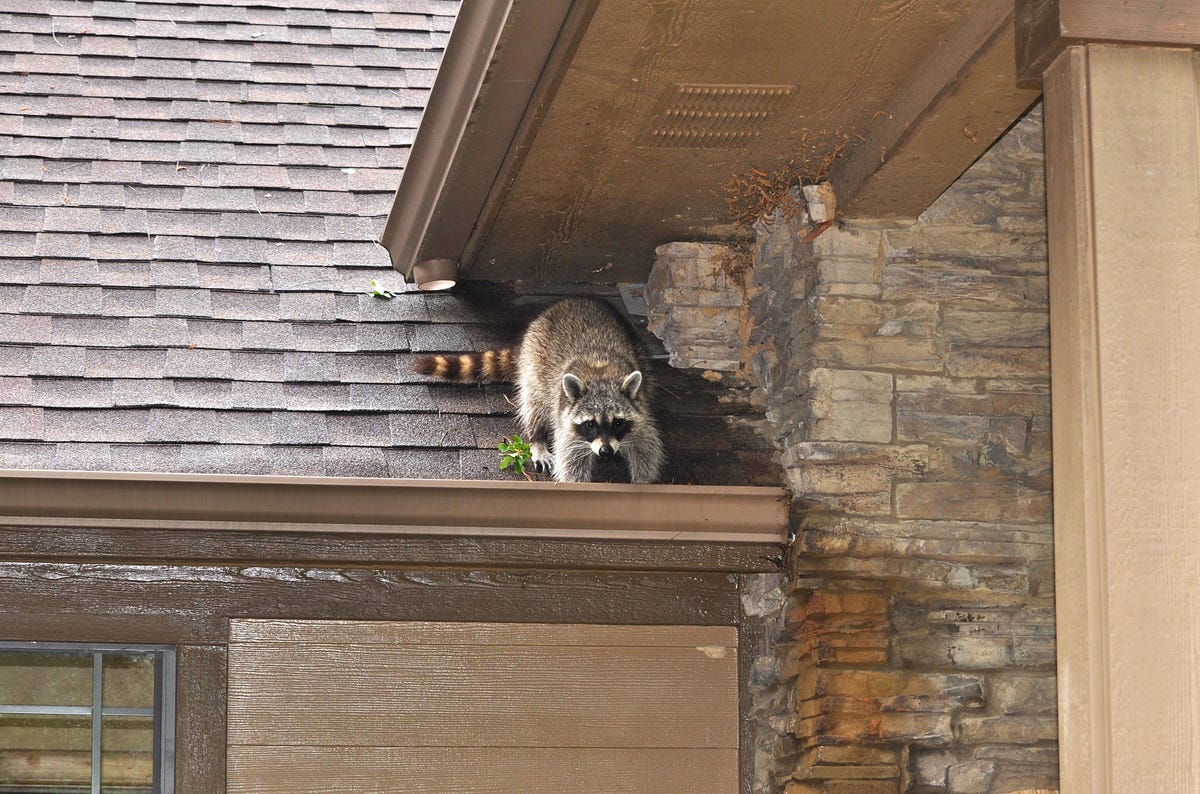

Articles
How Do Raccoons Get In The Attic
Modified: October 18, 2024
Looking for informative articles on how raccoons can enter your attic? Discover the different ways these clever creatures gain access to your home in this comprehensive guide.
(Many of the links in this article redirect to a specific reviewed product. Your purchase of these products through affiliate links helps to generate commission for Storables.com, at no extra cost. Learn more)
Introduction
Raccoons are intelligent and resourceful creatures known for their mischievous nature. While they may seem cute and harmless, they can become a nuisance when they find their way into your attic. If you’ve noticed strange sounds, droppings, or damage in your attic, chances are, you have unwelcome raccoon visitors. In this article, we will explore how raccoons get into attics, the signs of infestation, the risks they present, and most importantly, how to handle this situation effectively.
Before we delve into the details, it is essential to understand that raccoons are highly adaptive mammals with excellent climbing and manipulating skills. They possess sharp claws, dexterous paws, and a strong determination to seek shelter and food. Attics provide raccoons with an ideal environment for nesting and protection from predators. Therefore, it’s crucial to promptly address any raccoon intrusion to prevent further damage and potential health risks.
Key Takeaways:
- Raccoons are clever intruders that can access your attic through various entry points. Regular inspection and prompt repairs to your home’s exterior can significantly reduce the risk of raccoon infestations.
- Recognizing signs of raccoon infestation, such as noises, droppings, and damage, is crucial for taking swift action. Seeking professional help for safe removal and implementing preventative measures can create a raccoon-free environment.
Read more: How To Get Baby Raccoons Out Of Attic
Understanding Raccoons
Raccoons, scientifically known as Procyon lotor, are medium-sized mammals native to North America. They have distinct physical features, including a bushy tail with alternating light and dark rings, a black mask-like pattern around their eyes, and a stocky build. These intelligent creatures are primarily nocturnal, meaning they are most active during the night.
Raccoons are opportunistic omnivores, which means they have a diverse dietary preference. They have a keen sense of smell, allowing them to locate and scavenge for food easily. Their diet consists of fruits, nuts, insects, small animals, eggs, and even trash. This adaptability makes them well-suited to urban environments, where they can find ample food sources.
In terms of behavior, raccoons are curious and agile. They are known for their ability to problem solve and manipulate objects, whether it’s opening latches or prying open containers. Their front paws are highly dexterous, functioning almost like hands, enabling them to pick up and manipulate objects effortlessly.
In terms of reproduction, raccoons have a breeding season that typically occurs in late winter or early spring. Female raccoons, also known as sows, give birth to a litter of typically 2-5 kits after a gestation period of approximately 63 days. The kits stay with their mother until they are about 8-12 weeks old and then begin venturing out on their own.
It is important to understand the natural behaviors and habits of raccoons to effectively address issues related to their intrusion into the attic. By comprehending their adaptability and intelligence, we can employ appropriate strategies to deter them and prevent future infestations.
Common Entry Points
Raccoons are notorious for finding creative ways to access attics, and they usually take advantage of existing vulnerabilities in a property’s structure. Understanding the common entry points raccoons use is crucial for determining how they managed to invade your attic. Here are some of the most common entry points raccoons exploit:
- Roof Vents: Raccoons can squeeze through damaged or poorly sealed roof vents, as these areas often provide easy access into the attic. Securing and repairing any damaged vents can help prevent raccoon entry.
- Chimneys: If your chimney lacks a chimney cap or has a damaged one, raccoons can climb down and find their way into the attic. Installing a sturdy chimney cap is essential to keep raccoons out.
- Holes and Cracks: Raccoons can squeeze through small holes, cracks, and gaps in the exterior of your home. Check for any openings, such as gaps in fascia boards, damaged soffits, or holes in the roof, and repair them promptly.
- Attic Fans: If your attic has a fan, raccoons can easily pry or push it open to gain access. Ensure your attic fan is properly secured and consider adding a protective mesh or cover to prevent raccoon entry.
- Tree Branches: Raccoons are skilled climbers and can use tree branches that overhang your roof as a bridge to gain access to the attic. Trim any tree branches that are within reach of your home’s roof.
- Plumbing Stacks and Vents: Raccoons can enter through uncovered or loosely sealed plumbing stacks and vents on the roof. Make sure these areas are properly sealed or covered to prevent raccoon entry.
- Attic Access Points: Raccoons can exploit weak or damaged attic access points, such as loose or broken attic doors or windows. Ensure that all attic access points are secure and in good condition.
By identifying and addressing these common entry points, you can significantly reduce the likelihood of raccoon infestations in your attic. Regular inspection and maintenance of your home’s exterior can help you detect any vulnerabilities that raccoons might exploit and take proactive measures to prevent their entry.
Signs of Raccoon Infestation
Detecting a raccoon infestation in your attic requires keen observation of certain telltale signs. Being aware of these signs is crucial for taking prompt action and preventing further damage. Here are some common signs of raccoon infestation to look out for:
- Noises: Raccoons are nocturnal creatures, so you may hear scratching, thumping, or scurrying sounds coming from your attic during the night. These noises are often a clear indication of raccoon activity in your attic.
- Droppings: Raccoons leave behind distinctive droppings known as feces. Raccoon droppings are similar in appearance to dog feces but have a smoother texture and may contain undigested food particles. If you find feces in your attic, it’s a clear sign of raccoon infestation.
- Damage: Raccoons are notorious for causing damage in attics. They may tear up insulation, chew on electrical wires, rip apart ductwork, and damage stored items. If you notice any signs of damage in your attic, such as shredded insulation or gnaw marks, it’s likely that raccoons are to blame.
- Nesting Materials: Raccoons create nests in attics for shelter. Look for nests made from leaves, twigs, and other materials that they bring into your attic. These nests are usually found in secluded corners or hidden areas.
- Grease Marks: Raccoons have oily fur, and as they enter and exit your attic, they may leave behind grease marks on walls, insulation, or other surfaces. These dark smudges can be a clear indication of raccoon activity.
- Odors: Raccoons have a distinct musky odor that can permeate through your attic. If you notice any strong, unpleasant smells, particularly if they are accompanied by other signs of raccoon infestation, it’s highly likely that you have raccoons in your attic.
It’s important to remember that raccoons are wild animals and can carry diseases such as rabies. If you suspect a raccoon infestation in your attic, it’s best to seek professional help for safe and effective removal. Trained wildlife removal experts can not only evict the raccoons but also assist with cleanup and proper sealing of entry points to prevent future infestations.
Inspect your home for any potential entry points such as loose vents, gaps in the roof, or unsecured attic access points. Seal off any openings to prevent raccoons from getting in.
Risks and Damage
While raccoons may appear cute and harmless, their presence in your attic can pose several risks and cause significant damage to your property. Understanding these risks and potential damage is crucial for taking the necessary steps to address the issue promptly. Here are some risks and damages associated with raccoon infestations:
1. Health Risks: Raccoons can carry various diseases, including rabies, roundworm, and leptospirosis. Their feces and urine can contaminate your attic, leading to potential health hazards. Breathing in the airborne spores from raccoon droppings or coming into contact with contaminated surfaces puts you at risk of infection. It’s essential to handle raccoon infestations carefully to avoid exposure to these health risks.
2. Property Damage: Raccoons can cause extensive damage to your attic and its contents. They have a habit of tearing up insulation, chewing on electrical wires, and damaging ductwork. This not only compromises the integrity of your attic but also increases the risk of fire hazards and costly repairs. Additionally, raccoons may destroy personal belongings stored in the attic, leading to potential financial loss.
3. Structural Damage: Raccoons are skilled climbers and can cause damage to the exterior of your home while trying to access the attic. They can tear through weak or damaged areas such as roofing shingles, fascia boards, soffits, and vents. This can compromise the structural integrity of your home, leading to water leaks, mold growth, and other issues if left untreated.
4. Noise and Disruption: Raccoons are active at night, which means they can create a significant amount of noise and disruption while in your attic. The scratching, thumping, and scurrying sounds they make can disturb your sleep and cause stress and anxiety. Dealing with the constant noise can be frustrating, impacting your overall quality of life.
5. Invasions by Other Pests: Raccoons can attract other pests such as fleas, ticks, and other insects into your home. These secondary infestations can further exacerbate the issues you’re facing and require additional pest control measures.
It’s essential to address raccoon infestations as soon as possible to mitigate these risks and minimize the damage. Seeking professional help from wildlife removal experts ensures that the situation is handled safely, efficiently, and effectively.
Read more: What Do Raccoons Sound Like In The Attic
How to Remove Raccoons from Attic
Removing raccoons from your attic requires careful planning and the right approach to ensure the safety of both you and the raccoons. It’s important to note that DIY removal can be risky and is not recommended unless you have experience and knowledge in dealing with wildlife. Here are the general steps involved in removing raccoons from your attic:
- Assessment: Start by assessing the extent of the infestation and identifying the entry points the raccoons are using to access your attic. It’s crucial to observe their behavior and patterns to devise an appropriate removal strategy.
- Sealing Entry Points: Before removing the raccoons, make sure to seal off any openings or vulnerabilities that the raccoons are using to enter your attic. This prevents other raccoons or wildlife from taking their place once they are removed.
- Eviction Techniques: There are several humane eviction techniques you can employ to encourage raccoons to leave your attic. These methods can include using bright lights or playing loud music to disrupt their sleep patterns or using ammonia-soaked rags or predator urine as deterrents. Consult with a professional wildlife removal expert for the most effective and safe eviction techniques.
- Trapping: If the raccoons are not leaving voluntarily, you may need to trap them for removal. Live trapping is the preferred method, using appropriate-sized traps and bait that will attract the raccoons. It’s important to check local regulations regarding trapping and removal to ensure compliance.
- Professional Assistance: It’s highly recommended to seek the help of a professional wildlife removal expert to handle the trapping and removal process. They have the experience, knowledge, and equipment to safely and effectively remove raccoons without causing harm or further damage.
- Post-Removal Measures: After removing the raccoons, it’s essential to thoroughly clean and sanitize your attic to remove any traces of feces, urine, or other contaminants. Repair any damage caused by the raccoons and reinforce the integrity of your attic to prevent future infestations.
Remember, raccoons are wild animals and can be unpredictable. Attempting to remove them yourself can be dangerous and may result in injury to yourself or the raccoons. Hiring a professional wildlife removal service ensures a safe and humane removal process while minimizing the risks associated with raccoon infestations.
Prevention and Exclusion Methods
Preventing raccoons from entering your attic in the first place is crucial to avoid the damage and disruption they can cause. By implementing preventative measures and exclusion methods, you can significantly reduce the risk of raccoon infestations. Here are some effective prevention and exclusion methods to consider:
- Seal Entry Points: Inspect your property for any potential entry points that raccoons could use to access your attic. Ensure that all gaps, cracks, and openings are sealed using materials such as wire mesh, steel wool, or caulk. Be meticulous in sealing off any vulnerabilities that raccoons could exploit.
- Install Chimney Caps and Covers: Raccoons can enter through uncapped chimneys, so installing sturdy chimney caps with wire mesh is essential. This prevents raccoons from climbing down your chimney and gaining access to your attic.
- Secure Roof Vents: Use high-quality mesh or hardware cloth to cover roof vents, ensuring that raccoons cannot squeeze through or remove the covering. Secure the mesh tightly to prevent any gaps or loose areas.
- Trim Tree Branches: Trim tree branches that hang over or near your roof to prevent raccoons from using them as a bridge to access your attic. Keep trees at a safe distance from your home to minimize the likelihood of raccoon intrusions.
- Secure Garbage Bins: Raccoons are attracted to trash, so make sure your garbage bins are securely closed with tight-fitting lids. Consider using animal-proof bins or securing trash cans with bungee cords to deter raccoons.
- Remove Food Sources: Remove any potential food sources from your property that might attract raccoons. This includes securing bird feeders, pet food, and compost bins.
- Install Motion-Activated Lighting: Installing motion-activated lights around the perimeter of your home can help deter raccoons. The sudden burst of light can startle them and make them think twice before approaching your property.
- Regular Maintenance: Conduct regular inspections of your property, including the exterior and attic, to identify any potential entry points or signs of raccoon activity. Promptly address and repair any damage or vulnerabilities discovered.
Implementing these prevention and exclusion methods creates a less inviting environment for raccoons, reducing the likelihood of them targeting your attic. However, if you suspect a raccoon infestation or are unsure how to properly exclude them from your property, it’s best to seek professional assistance to ensure effective prevention and removal.
Conclusion
Dealing with raccoons in your attic can be a frustrating and challenging ordeal. These intelligent creatures can cause significant damage to your property and present health risks. However, with the right knowledge and proactive measures, you can successfully remove and prevent raccoons from invading your attic.
Understanding raccoons’ behavior and the common entry points they exploit is key to addressing the issue effectively. By identifying signs of raccoon infestation early on, such as noises, droppings, and damage, you can take prompt action to mitigate the risks and prevent further damage to your property.
It’s important to remember that raccoon removal should be handled by professionals with experience in wildlife management. They have the expertise, tools, and techniques to safely remove raccoons from your attic without causing harm or further damage. Additionally, they can help with the proper cleaning, sanitization, and sealing of your attic to prevent future infestations.
Prevention is equally important to keep raccoons at bay. By sealing entry points, installing chimney caps and covers, and taking steps to discourage raccoons from accessing your property, you can significantly reduce the likelihood of raccoon infestations. Regular maintenance and prompt repairs to your property’s exterior also play a vital role in minimizing vulnerabilities.
Remember, addressing raccoon infestations should always prioritize safety. Avoid DIY removal methods and seek professional assistance to ensure the well-being of both you and the raccoons. By taking proactive steps and promptly handling raccoon issues, you can protect your home, preserve your peace of mind, and create a raccoon-free environment.
In conclusion, by understanding raccoons’ behavior, identifying signs of infestation, and implementing preventative measures, you can effectively remove and prevent raccoons from invading your attic. Prioritize professional assistance, and don’t hesitate to seek expert help to ensure a safe and successful resolution to your raccoon problem.
Now that you've learned about keeping raccoons out of your attic, why stop there? Extend your expertise with our guide on eradicating pantry moths, where pest control professionals share invaluable insights. Furthermore, if home maintenance is on your mind, dive into our comprehensive article on tackling various home repair projects efficiently.
Frequently Asked Questions about How Do Raccoons Get In The Attic
Was this page helpful?
At Storables.com, we guarantee accurate and reliable information. Our content, validated by Expert Board Contributors, is crafted following stringent Editorial Policies. We're committed to providing you with well-researched, expert-backed insights for all your informational needs.
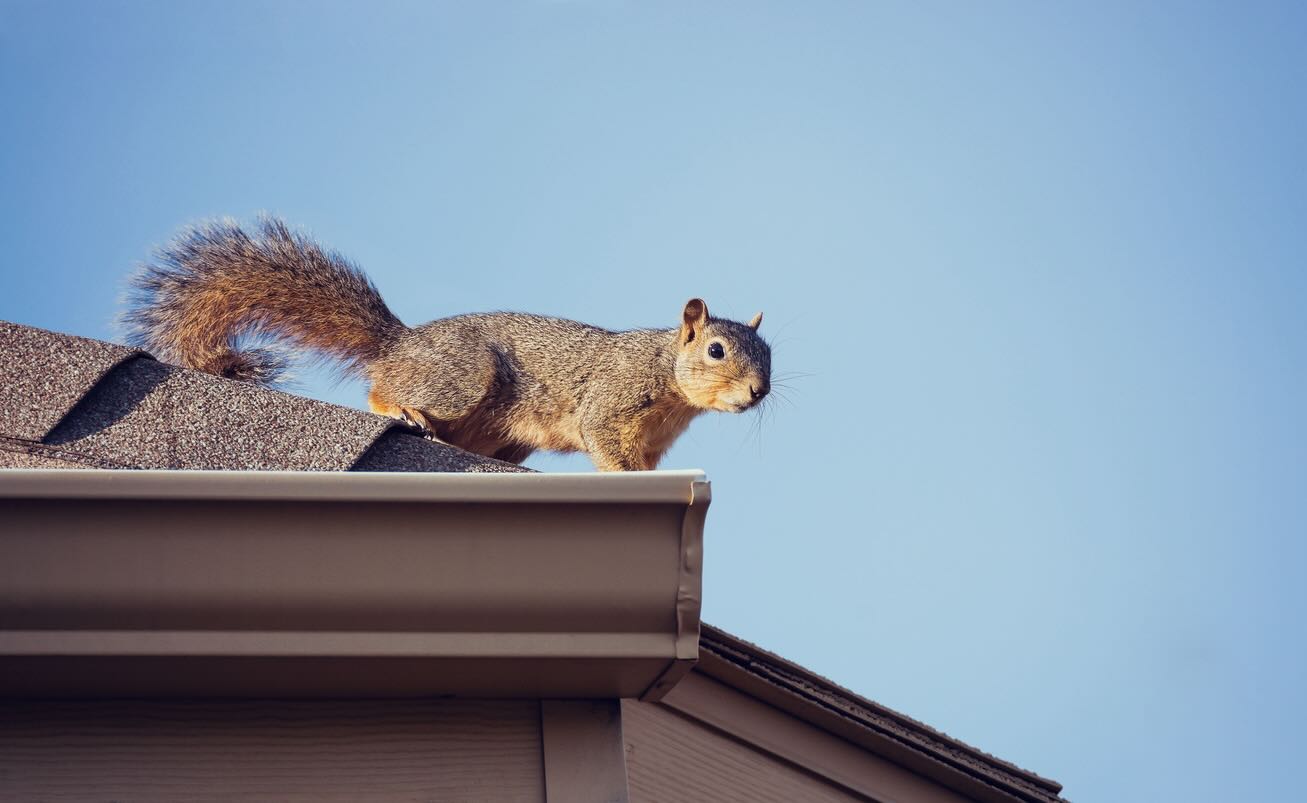
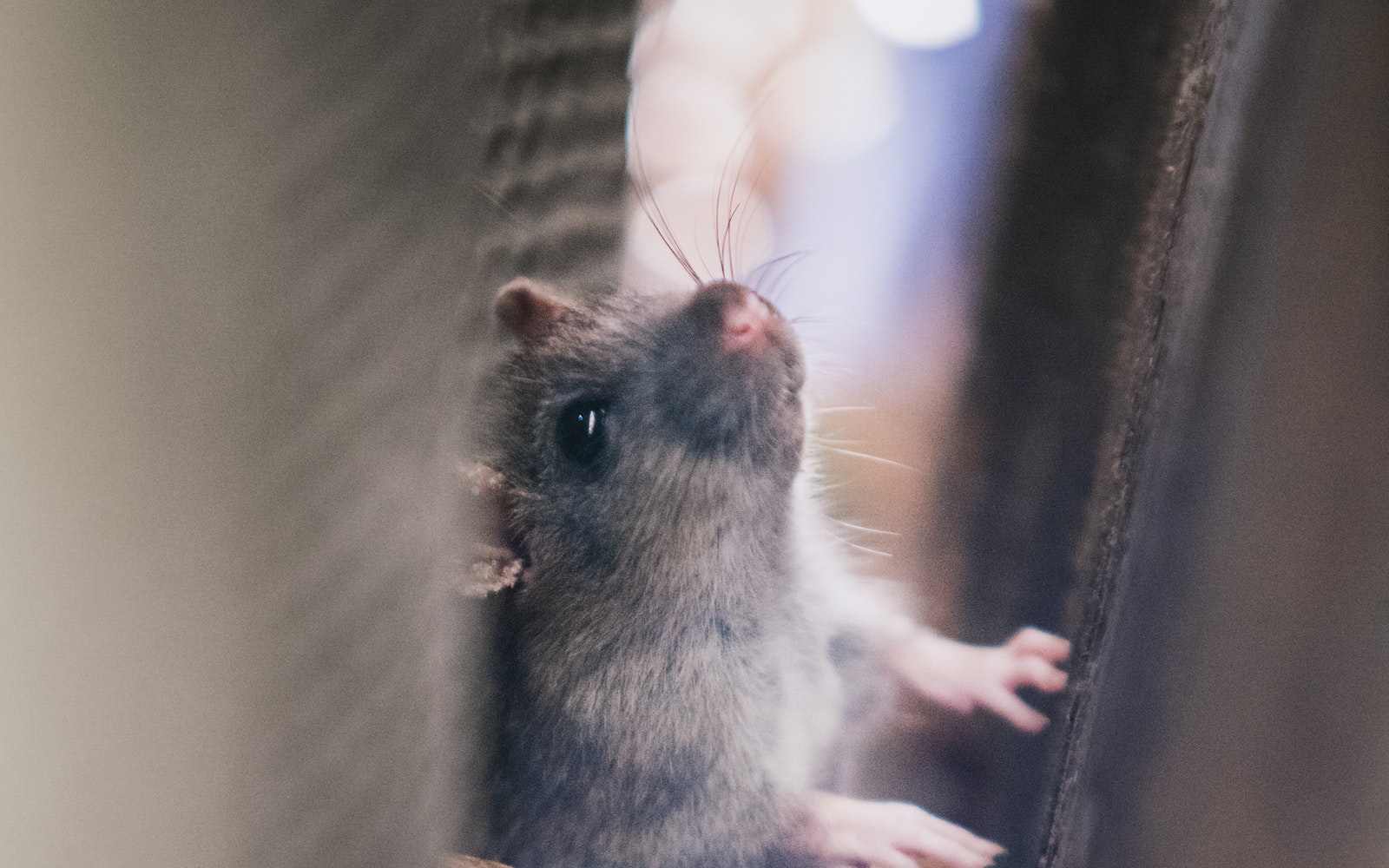
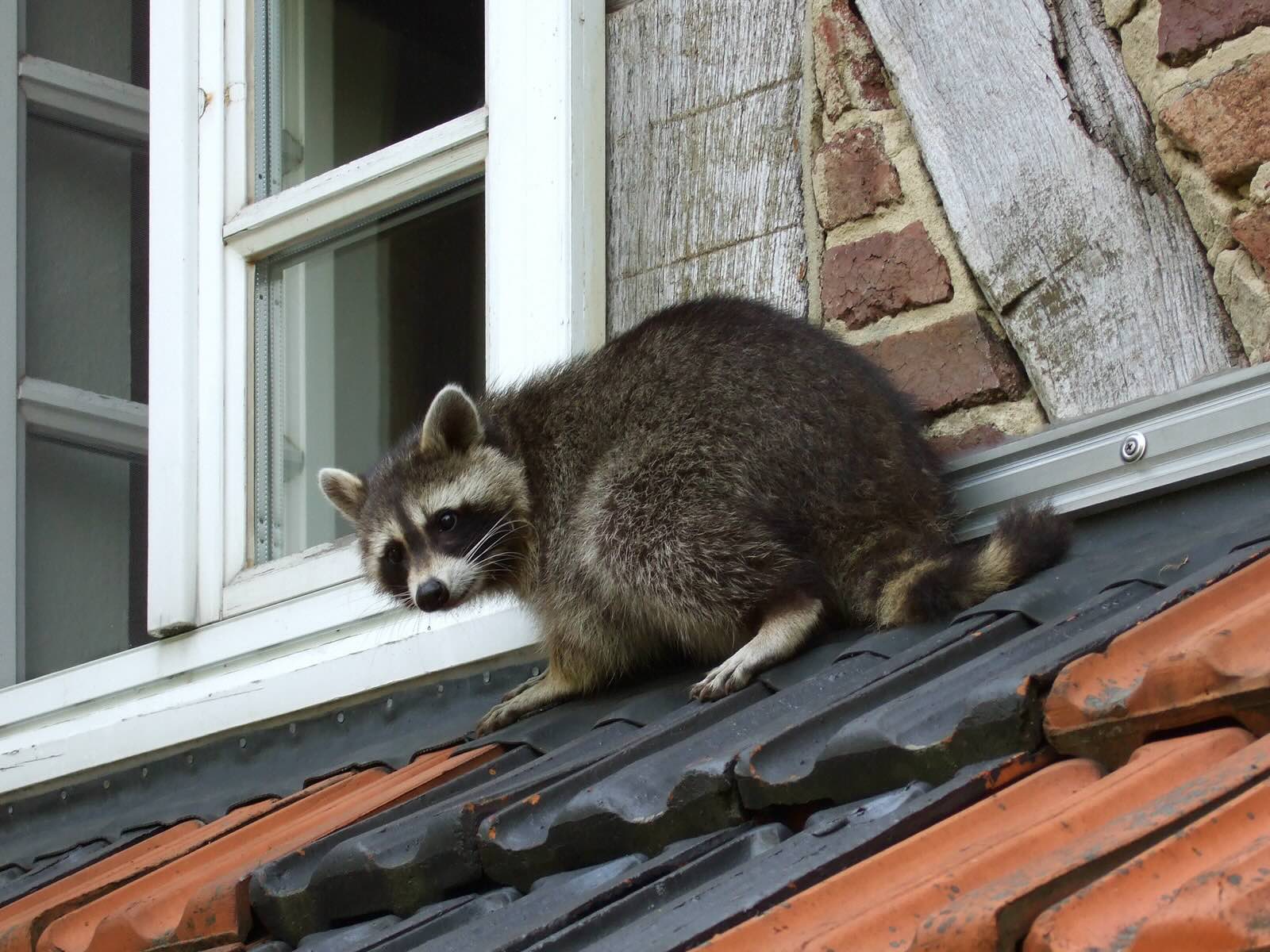
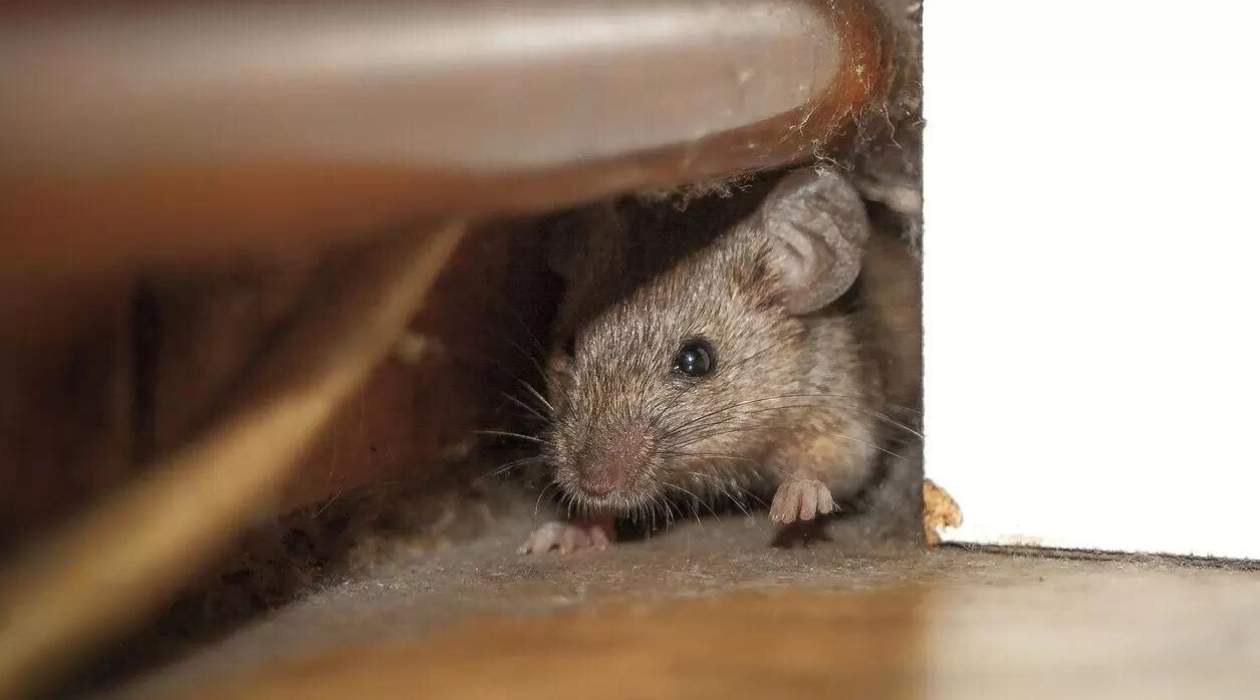
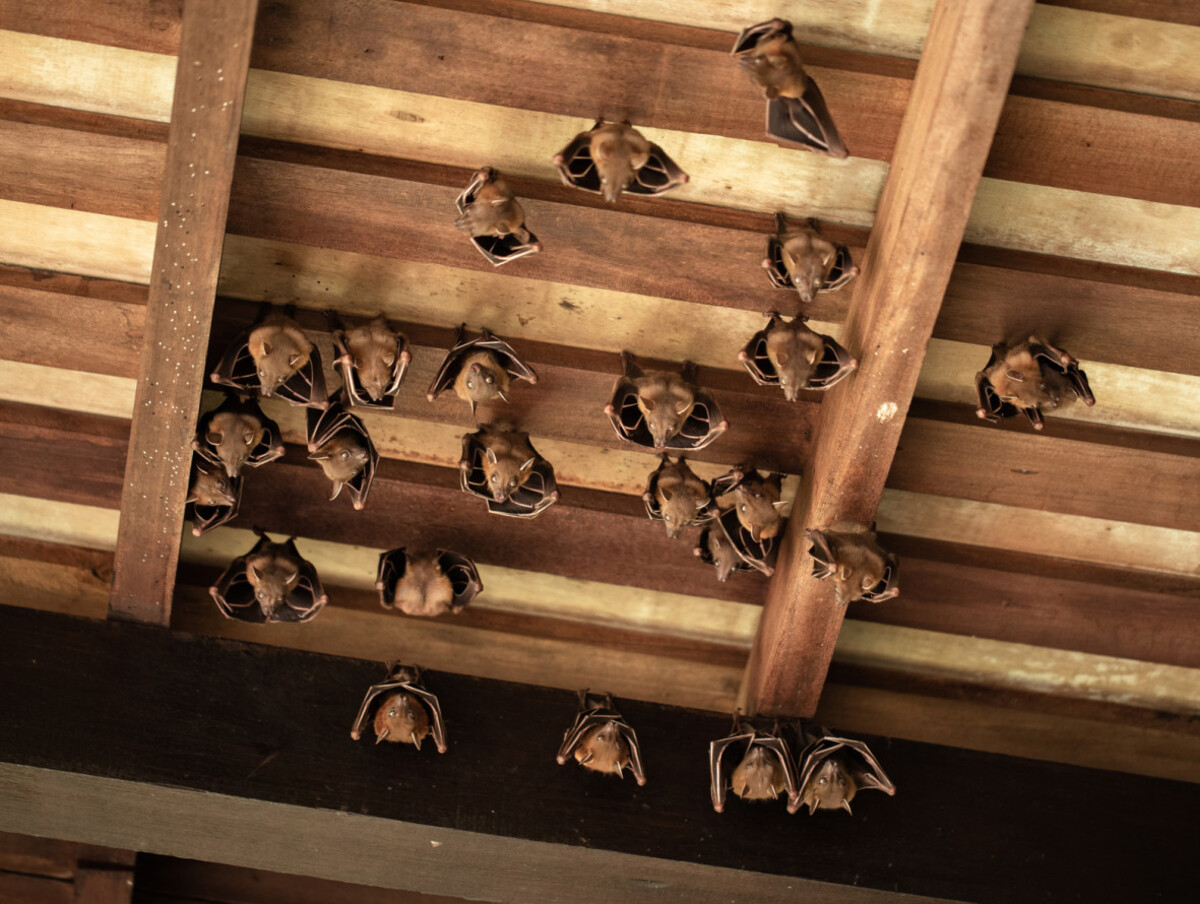
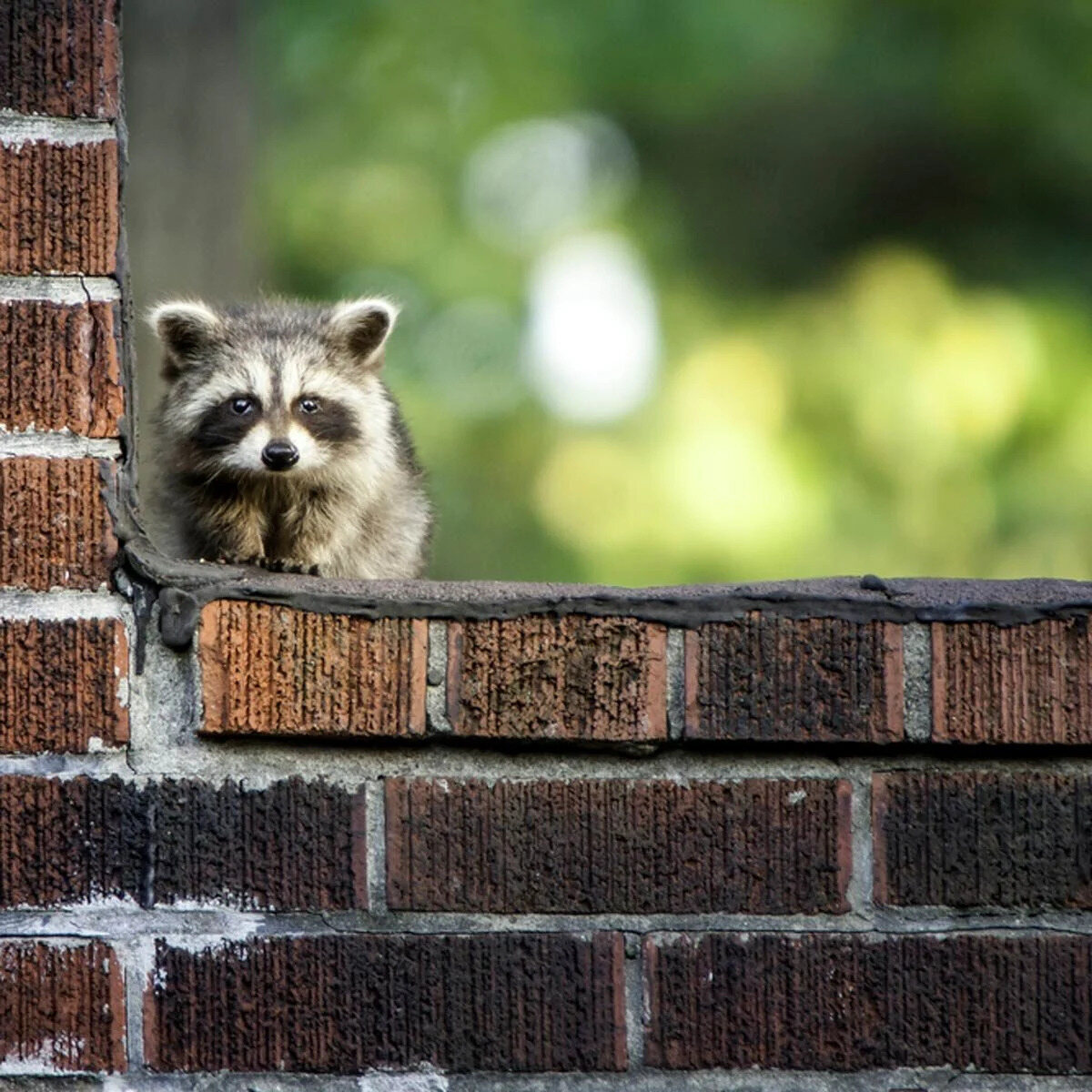
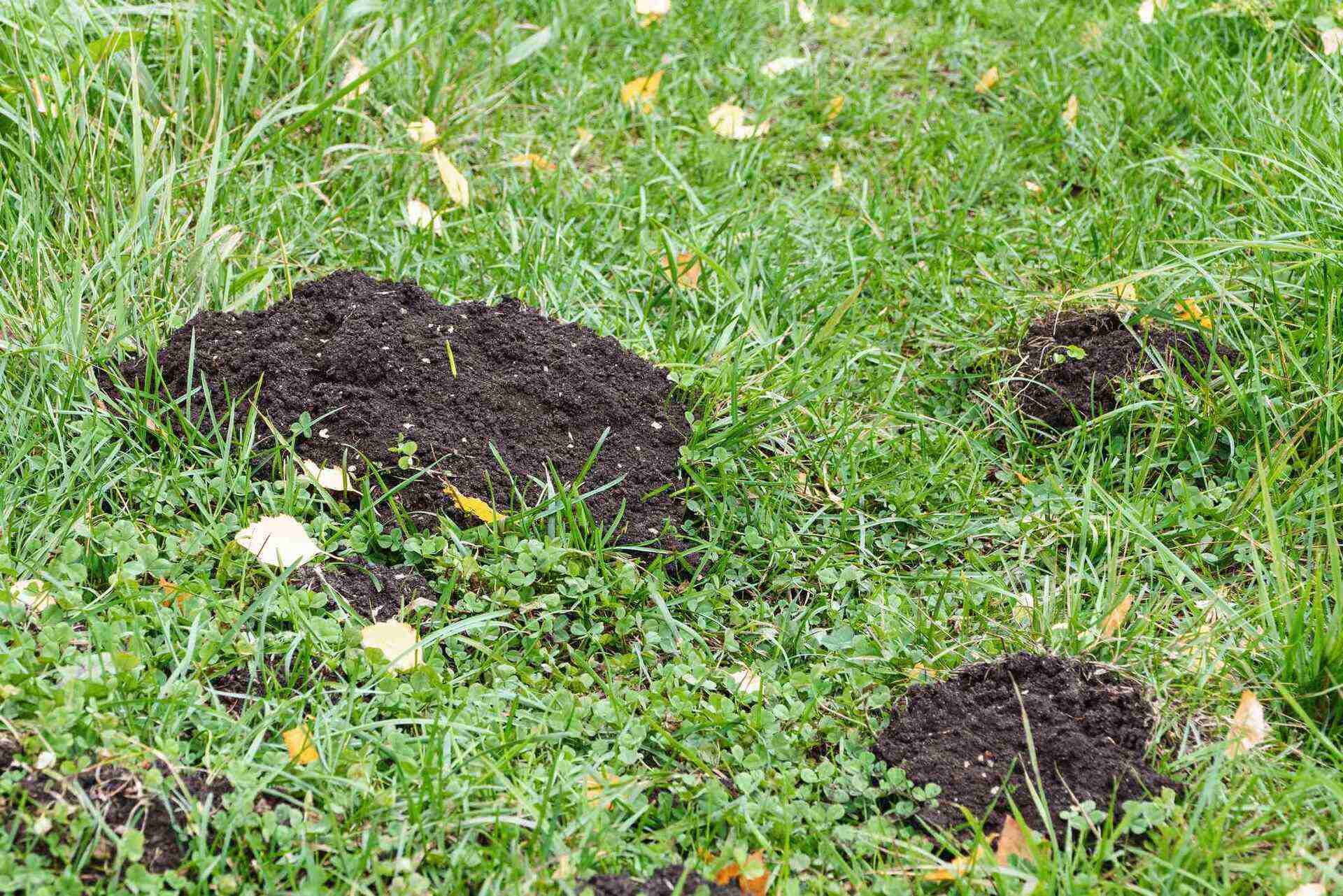
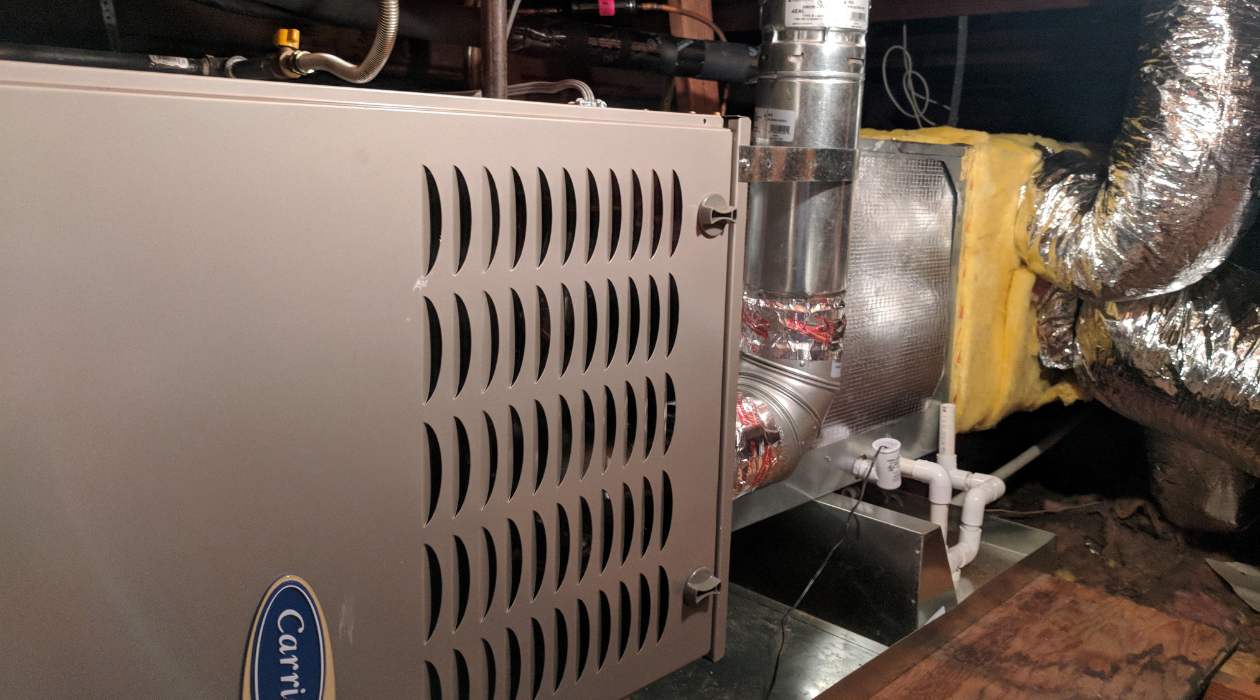
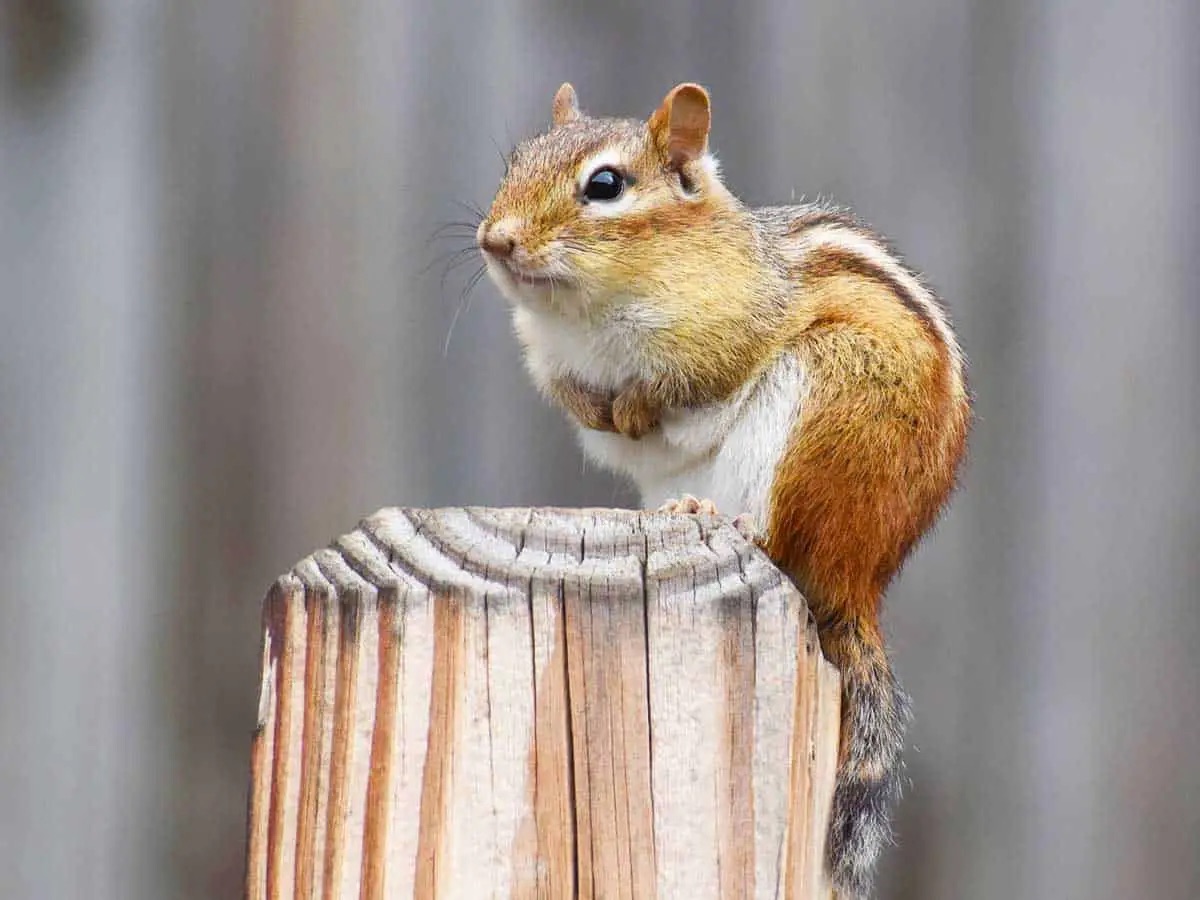
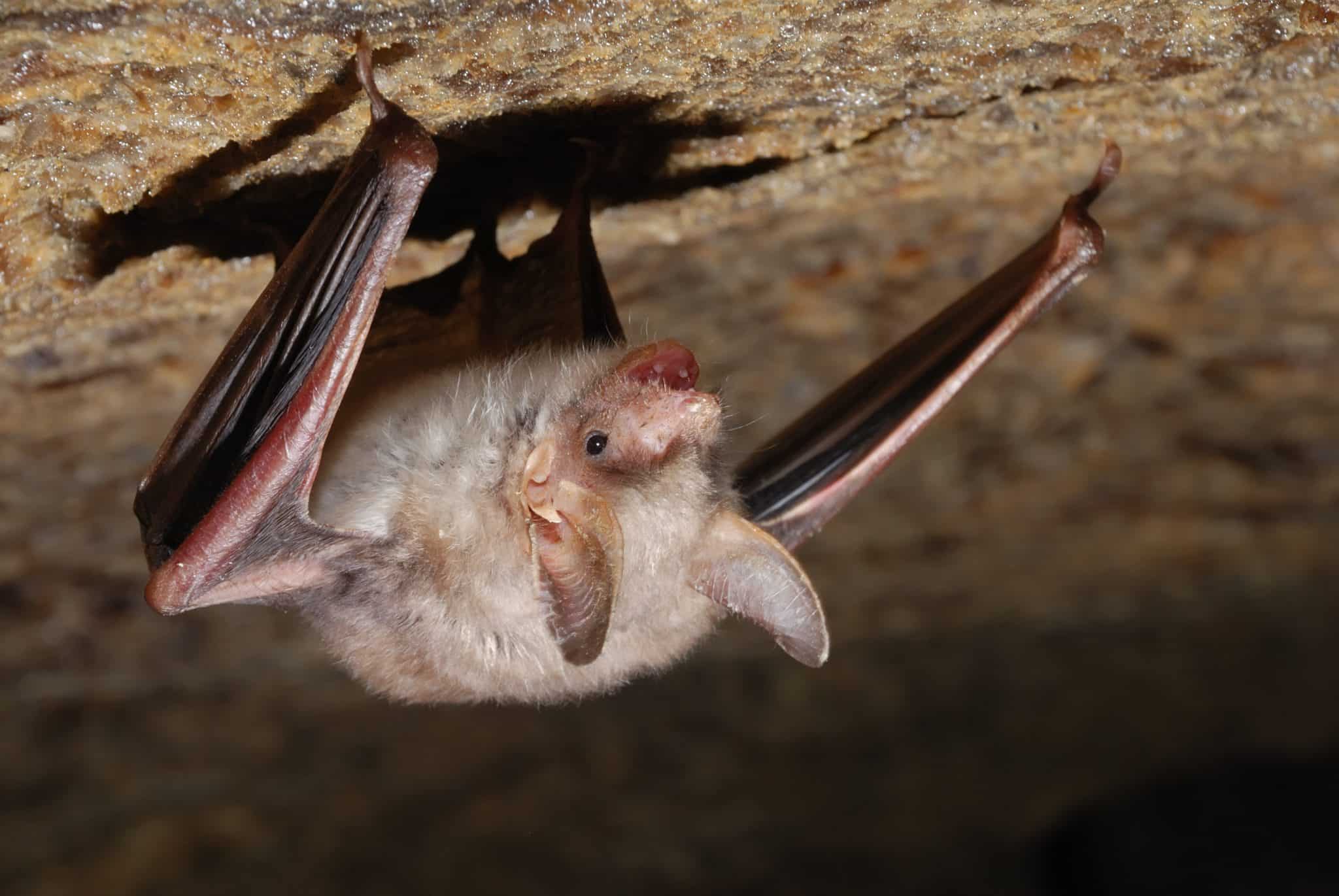
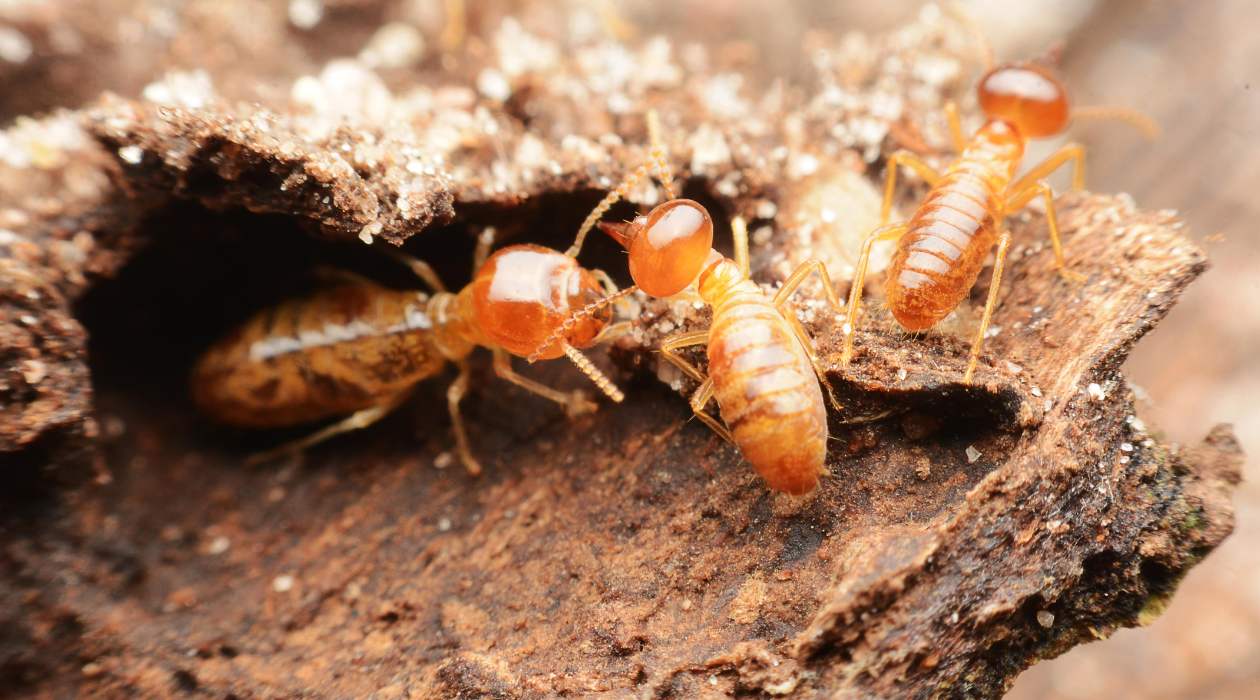
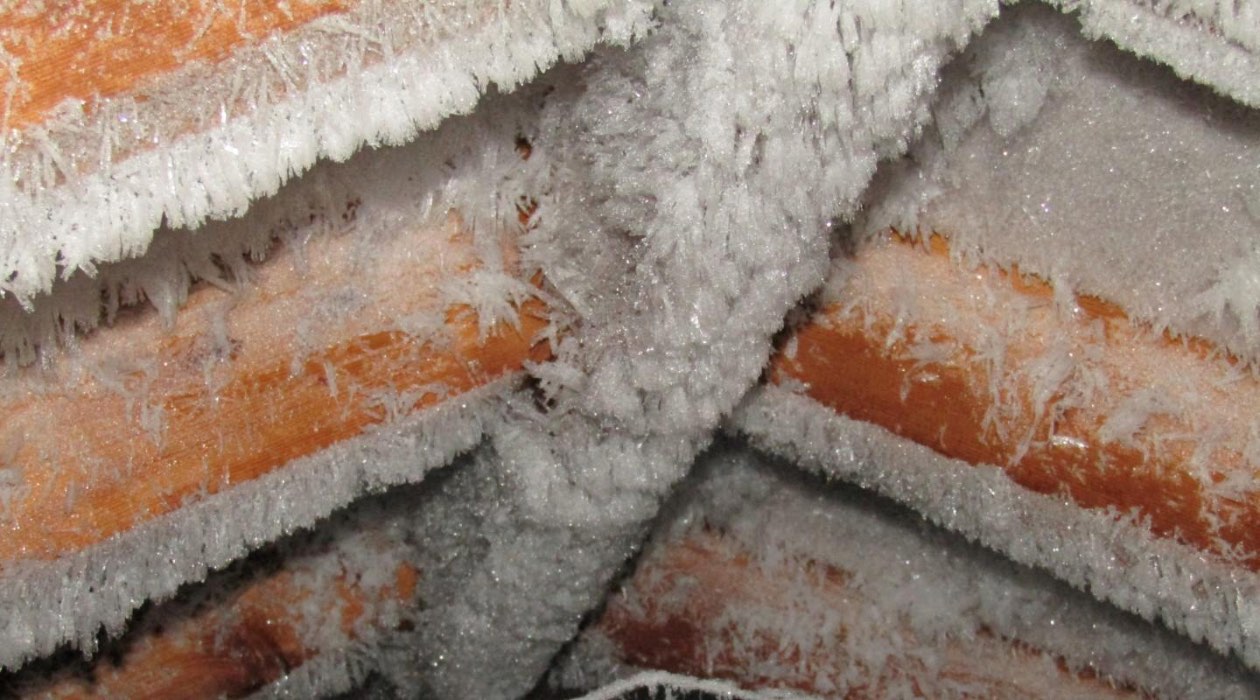

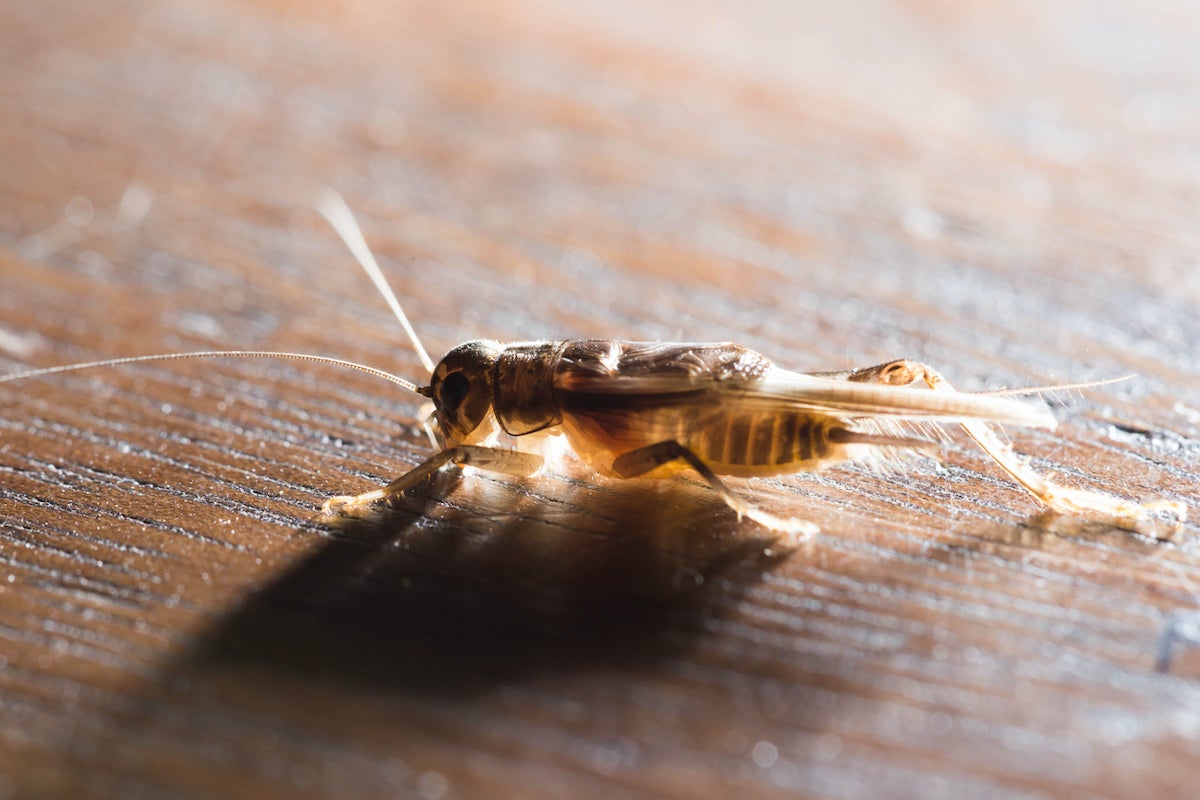

0 thoughts on “How Do Raccoons Get In The Attic”